Top speed 203 km/h Length 6.4 m | Wingspan 8 m First flight July 5, 1917 | |
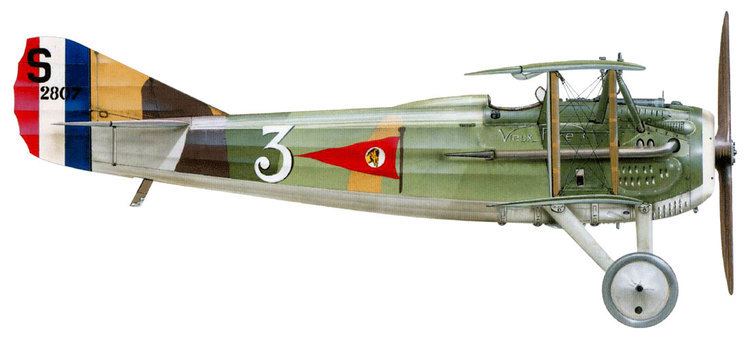 | ||
Manufacturer Société pour l'aviation et ses dérivés | ||
The SPAD S.XII or SPAD 12 was a French single-seat biplane fighter aircraft of the First World War developed from the successful SPAD 7 by Louis Béchereau, chief designer of the Société Pour L'Aviation et ses Dérivés (SPAD).
Contents

Development
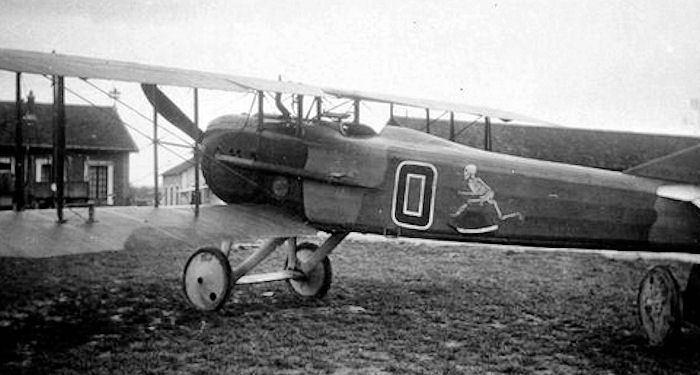
The SPAD XII was inspired by the ideas of French flying ace Georges Guynemer, who proposed that a manoeuvrable single-seat aircraft be designed to carry a 37 mm cannon, a weapon which had previously been mounted only in large two-seat "pusher" aircraft such as the Voisin III. Béchereau took his own SPAD 7 design as the starting point, but the many major and minor changes incorporated into the SPAD 12 made it a quite different aircraft.
The gun chosen for the SPAD XII was not the old Hotchkiss cannon but a new 37 mm Semi Automatique Moteur Canon (SAMC), built by Puteaux, for which 12 shots were carried. The Hispano-Suiza aviation engine had to be geared to allow the gun to fire through the propeller shaft. The SPAD XII also carried a single 0.303 inch synchronized (7.7 mm) Vickers machine gun mounted on the starboard side of the nose. In order to carry the heavy cannon the airframe was lengthened and the wingspan and wing area increased. The wingtips were rounded rather than squared off and the wings given a slight forward stagger. To accommodate the required geared output propshaft engine, which easily allowed for the hollow propeller shaft for the cannon to fire through, and power the resultingly heavier airframe, 587 kg compared to the 500 kg of the SPAD 7, the 180 bhp Hispano-Suiza 8 direct-drive Ab engine was replaced by the geared 220 bhp model 8Cb, and gave the SPAD XII a clockwise rotating propeller, as seen from a "nose-on" view.
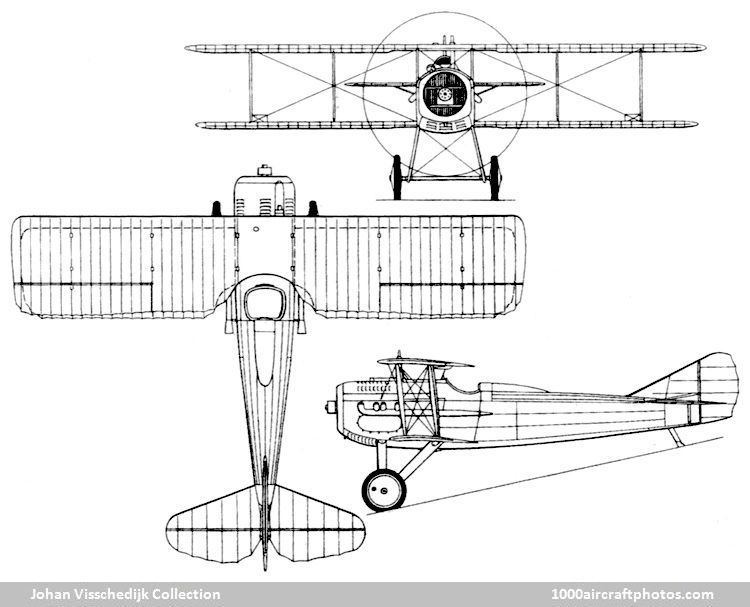
Test flown by Guynemer, the early production models of the SPAD XII were highly successful after overcoming initial problems with the reduction gear between engine and propeller. Other aces also had success with the new model. However, deliveries were slow, the SPAD VII and later SPAD XIII having top priority, and even the modest total of 300 aircraft which were ordered were not all completed. Best estimates are only 20 produced. Average pilots found the SPAD 12 a difficult aircraft to master, and the cannon difficult to aim and fire, while manual reloading was difficult. The cockpit filled with fumes upon every firing. Its breech mechanism protruded into the cockpit and prevented the use of a conventional stick to control the aircraft, adding to the difficulties encountered by ordinary pilots. The control setup reverted to a split setup on either side of the pilot, a la Deperdussin.
Service
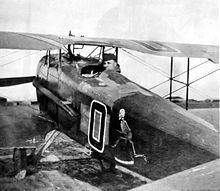
No units were entirely equipped with SPAD 12s. The unknown number of aircraft produced were issued in small numbers, intended for use only by the most skilled pilots, such as Rene Fonck, Lionel de Marmier, Fernand Henri Chavannes, Henri Hay de Slade, Albert Deullin and François Battesti. They were distributed one or two per squadron. Few were delivered to combat units, 8 being recorded on strength in April and again in October; this may be contrasted with the thousands of SPAD 7s and SPAD 13s in service. Single examples for testing were delivered to the Royal Flying Corps and one to the Aviation Section of the American Expeditionary Force, with the AEF's 13th Aero Squadron receiving the aircraft, which was given the number "0", and primarily flown by the 13th's Charles John Biddle [1], who ended up with a total of seven confirmed victories in World War I.
Six or more are said to have been held by the Red Army.
Operators
Specifications (S.XII)
Data from The Complete Book of Fighters
General characteristics
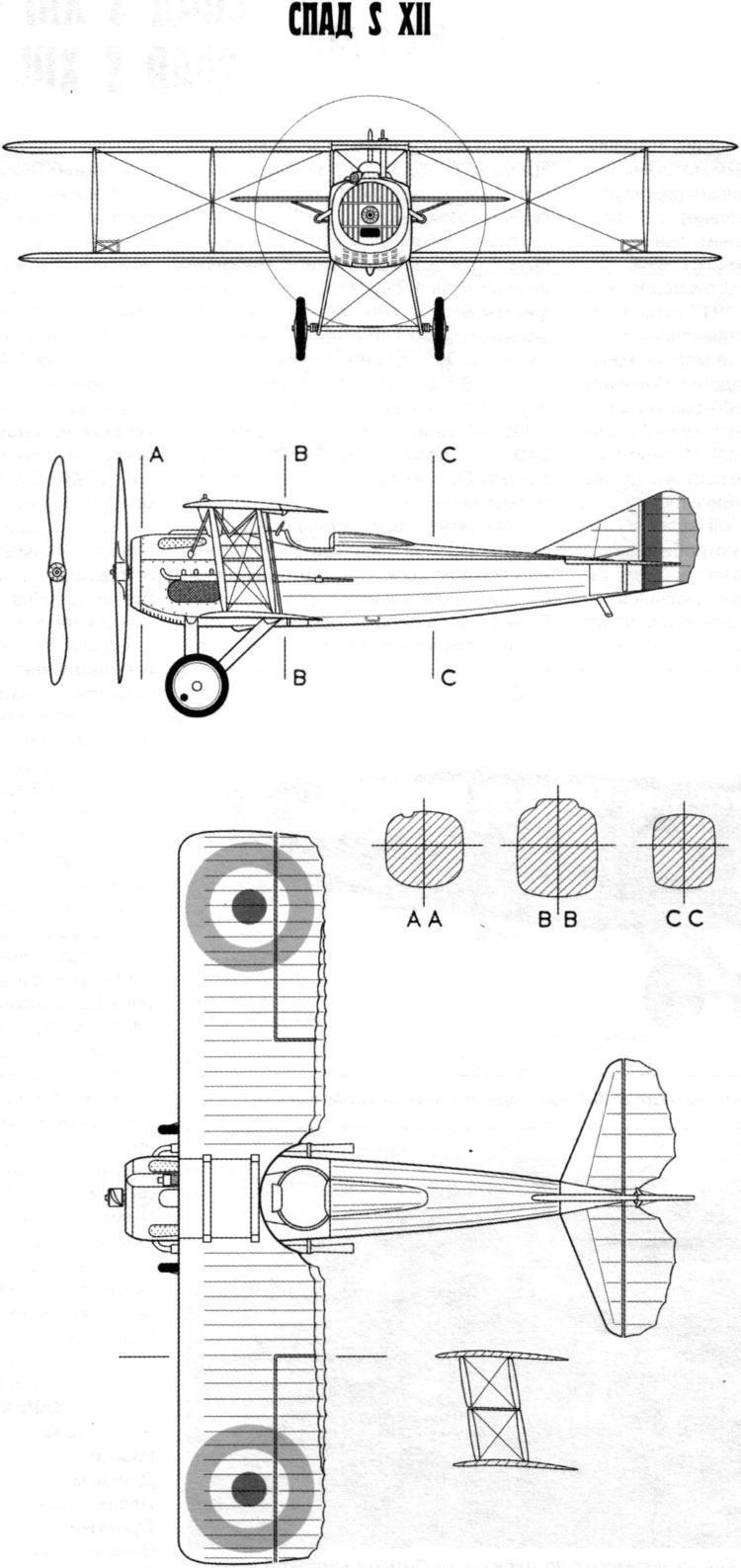
Performance
Armament
